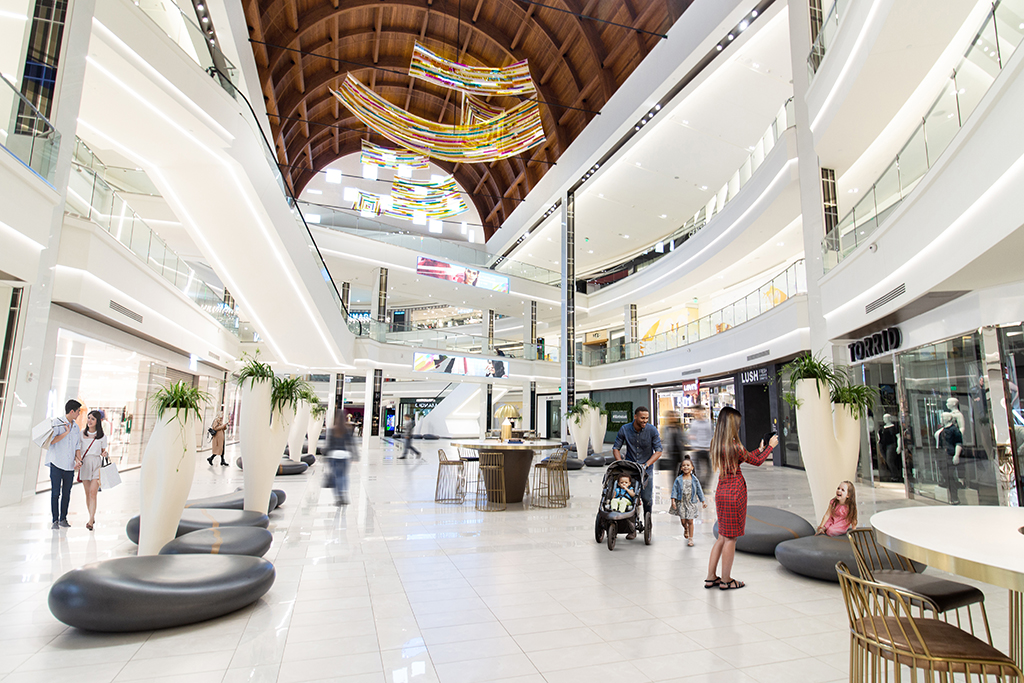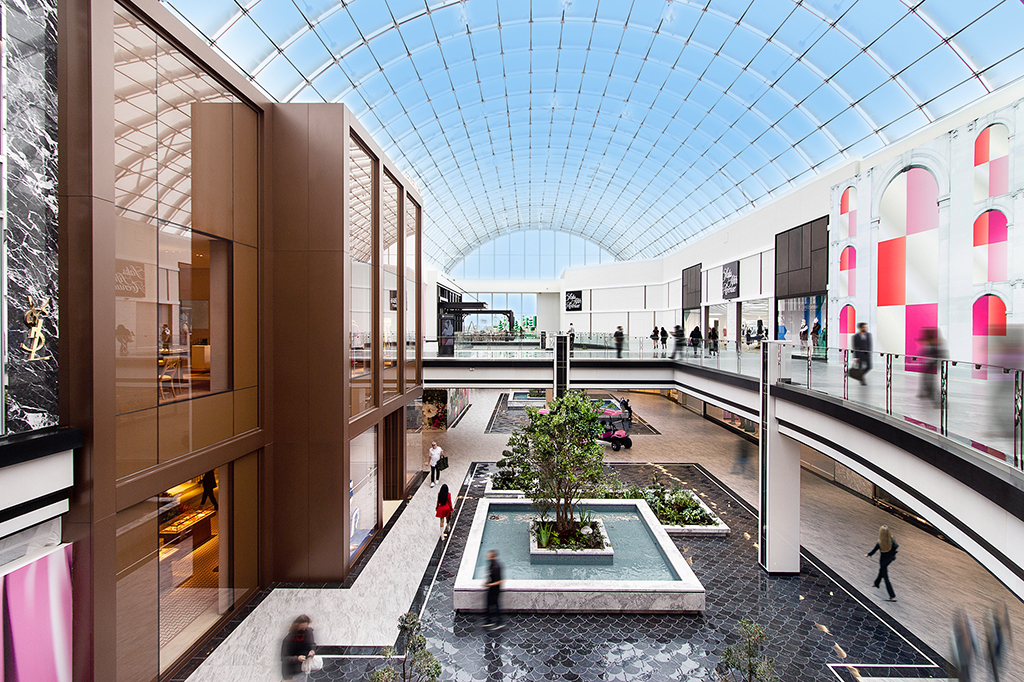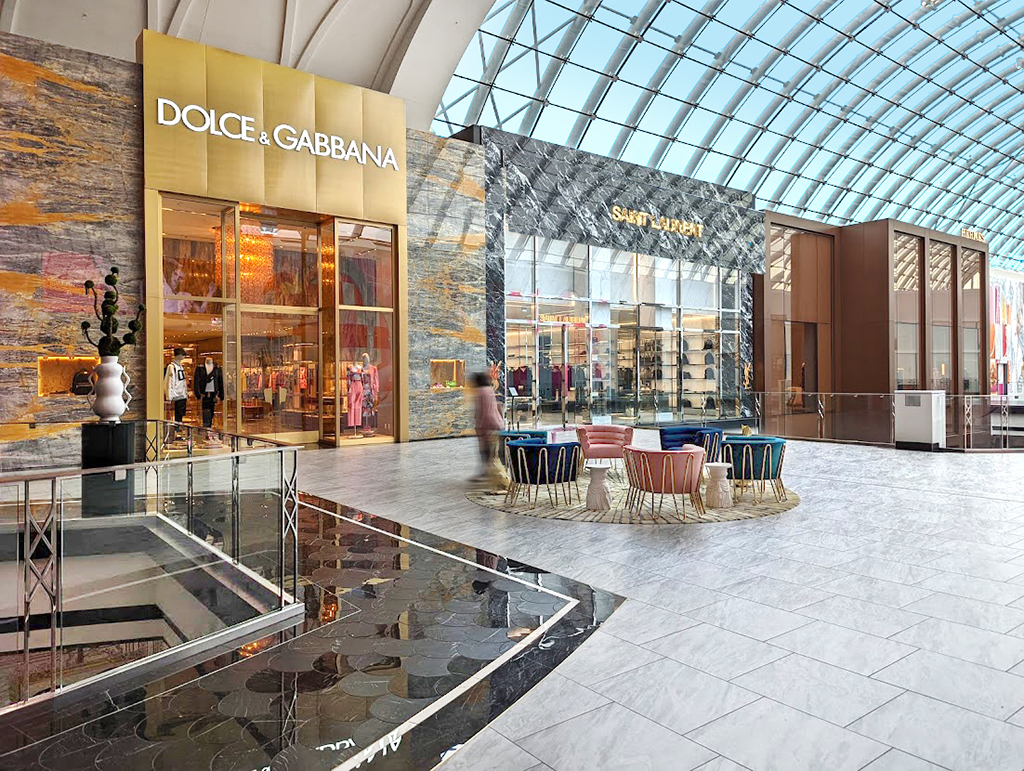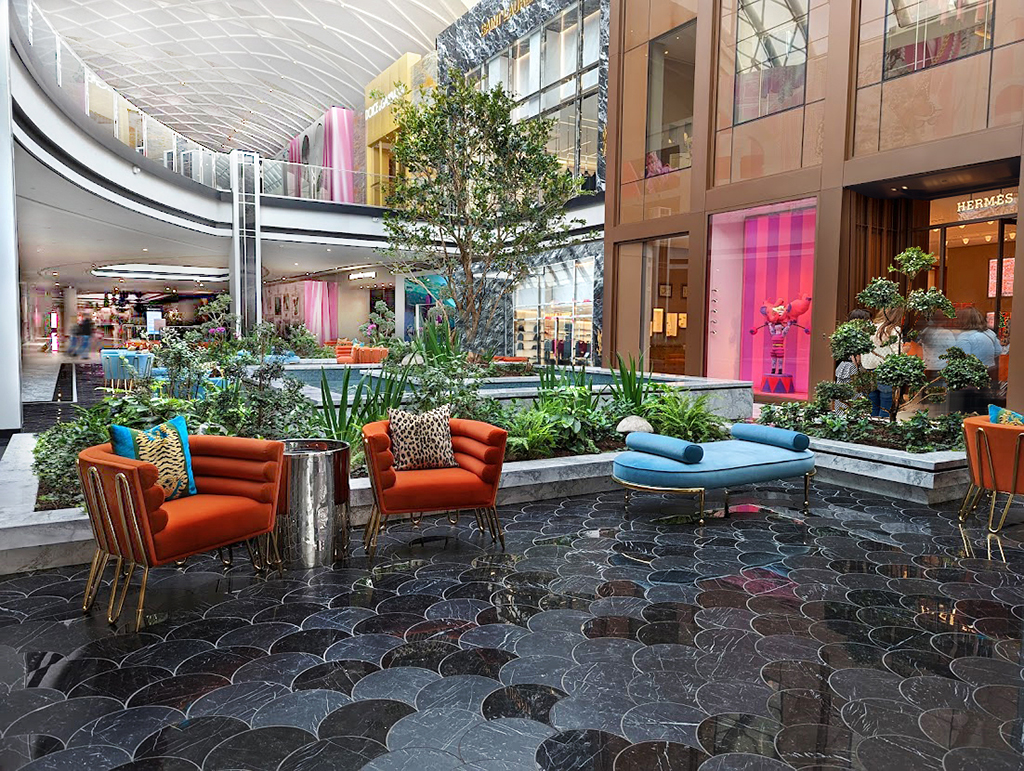A project that was over two decades in the making, American Dream is an entertainment and dining complex that holds over three million square feet of retail space. Debbie Kalisky, an Associate in Retail Development for GH+A design studios, gave us insight into how the American Dream came to be.

Over the many years, the space where the construction was to take place was left vacant. Since 1994, residents that passed by the area questioned whether the space was ever going to be occupied or not.
After almost 25 years of speculation, the project was completed.
When Did American Dream Open
Initially owned by the Mills Corporation, the project was going to be called Meadowlands Xanadu. Due to the recession in 2008, however, the Mills Corporation and its financial lenders sold the property, eventually being purchased by the Triple Five Group, back in 2011.
Who Owns The Mall Of America and The West Edmonton Mall
Notable projects by Triple Five Group include the Mall of America in Bloomington, Minnesota and the West Edmonton Mall in Edmonton, Alberta.
GH+A design studios operated as the lead designer, working alongside Adamson Architects, the architect of record and Gensler, the project architect for the attractions wing.
With experience in developing two of the largest malls in the Western Hemisphere, Triple Five Group introduced the challenge of building something entirely new to the team at GH+A.
Debbie said, “It was further to that work with [Triple Five Group] on West Edmonton Mall, they reached out to us to have a look at the American Dream property.”
The Origins of American Dream in the Meadowlands
Recounting how her team became involved, Kalisky imparted that “[Triple Five Group] reached out to us, and they said, ‘we have a huge challenge for you’, and we went down to see the property in East Rutherford, New Jersey. And to say it was a huge challenge was an understatement.”
She explained, “They wanted to expand the existing footprint to add a water park, an amusement park, an ice skating rink, to make it a complete entertainment and retail complex.
So over the next few years, there was this expansion to accommodate these new entertainment venues, and they also wanted to dedicate a new luxury wing for the upscale shopper.
There was a portion of the property that was designated to be luxury but they wanted to expand it even further and create a glass roof so that the luxury tenants would be sitting under a monumental glass roof.”
According to Debbie Kalisky, Hermes was the first luxury retailer to secure a position within the expansion of the luxury wing, referred to as the Avenue.
Debbie said, “Despite it being an entertainment property, they wanted to strip it down, strip down all the architectural thematic treatment, tear it down, and clean it up.”
The American Dream complex also had the desire to implement a white-on-white color scheme, intentionally textural and contemporary by design. This design was meant to give the retailers a more unique contrast with the rest of the space.
Originally believing that the property would be heavily trafficked by tourists, the pandemic unfortunately put an abrupt halt to international tourism.
However, the inspiration for the project came from the international appeal of malls in Asia and the Middle East, GH+A design studios created this aesthetic to accommodate a broader, more global demographic.
Envisioning a locale that was only five to eight miles away from the city, American Dream knew that there was a demand from tourists who wanted to make the day trip.
With a wide network of leasing, the complex had connections to Asian brands and culinary hot spots.
The American Dream In New Jersey
“It takes the best from each of those other properties [West Edmonton and Mall of America] and combines it all under one roof, and that’s really the key here.
Visitors do not have to go outside to enjoy any of these world-class attractions, you can spend the day skiing, in the cold, in 35 degrees, go have lunch, and then go have a swim in the wave pool,” said Kalisky.
She continued to say, “We collectively felt that [the white-on-white] was sophisticated, it would be more sophisticated, less thematic, it felt less tied into a particular style with a broad appeal. And we wanted to play with textures,” she went on to talk about the possibilities that the team envisioned.
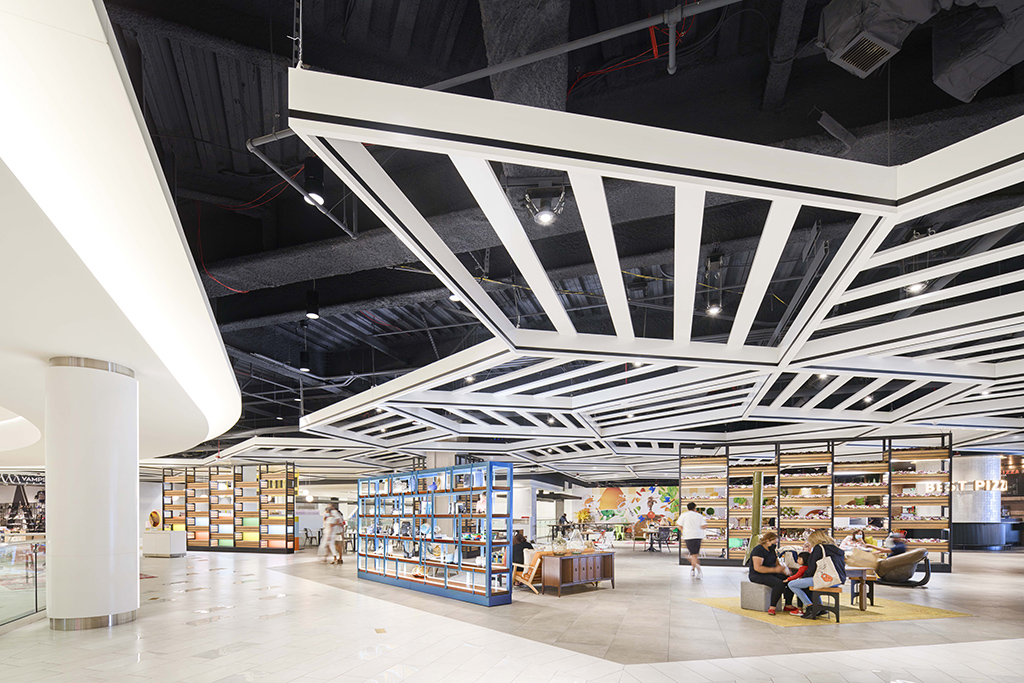
Installing woven ceiling treatments, layers upon layers of simple noble materials, Kalisky said that these elements addressed the contemporary shopper.
The project essentially steered away from the norm, avoiding overly animated design cues and keeping it restrained for the architectural display. According to Debbie, it was imperative for the design team to integrate a sense of personality to each of the corridors.
One example of this was to create visual storylines as tenants and visitors walked through different parts of the property.
Debbie stated that the addition of ‘wild, wacky graphics’ was a way to generate elation through colors, “The objective of [the visual storylines] was to inject that excitement, a buzz about what’s happening,” saying that, “the injections of color are part of the temporary graphics program.”
“There’s also the furniture, which is also quite colorful in different parts of the mall, but this is set against a neutral backdrop,” stating, “the furniture really pops out against the surrounding black and white architecture, and I say black, because in the Avenue, the luxury wing, the floor there is primarily a black, fish-scale pattern, that’s a mixture of matte and polished black tile.”
One of the prime examples that Debbie presented was the concentric circles on the ceilings of Court A and Court C. While one retained a woven pattern, the other was flat.
Talking about the involvement of the lighting, Debbie said, “We created new skylights, so that the property would be infused with natural daylight to save energy.”
With over three decades of retail design experience, the reputation of GH+A design studios has been built on successful relationships with clients and consultants on both sides of the lease line.
GH+A is a creative team of over 50 passionate, creative, and strategic thinkers who reposition and reinvent shopping centers, inject retail vitality into mixed-use developments, and devise immersive experiences for food & beverage, fashion, health & wellness projects, the studio designs and transforms spaces, into inspiring and engaging environments with purpose and authenticity.
Behind all the spaces, the design team builds a carefully considered strategy that yields exceptional results for landlords and retail brands alike.
With offices in Montreal (Quebec) and Detroit (Michigan), GH+A designs for an international market with a strong focus on customer experience and outstanding performance.


